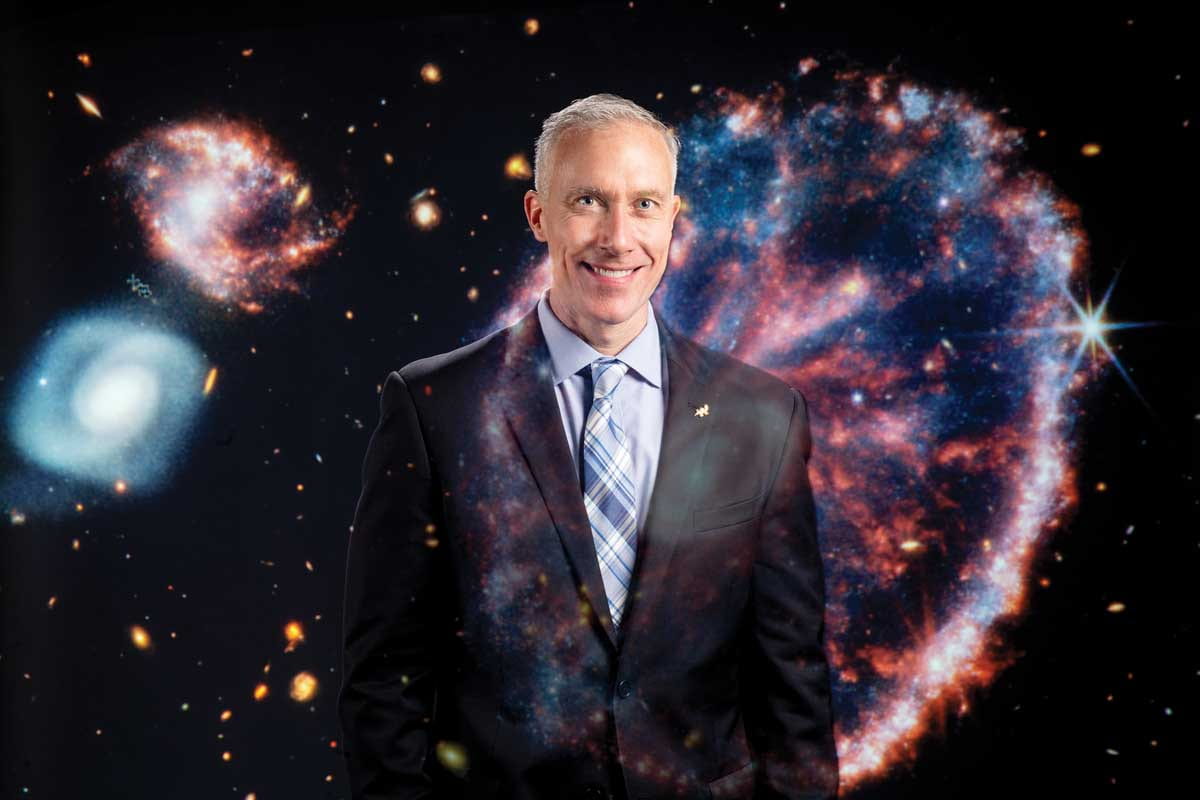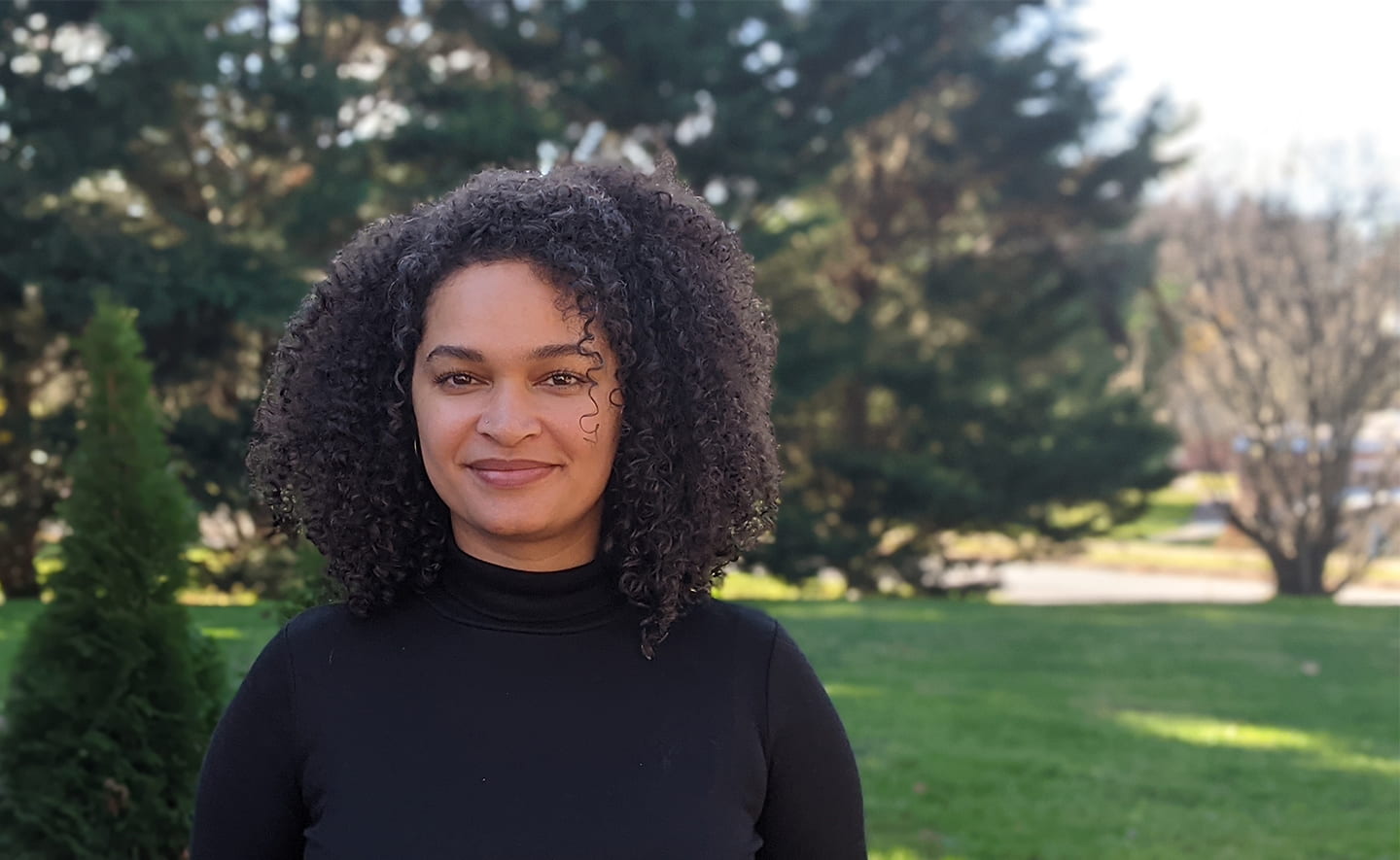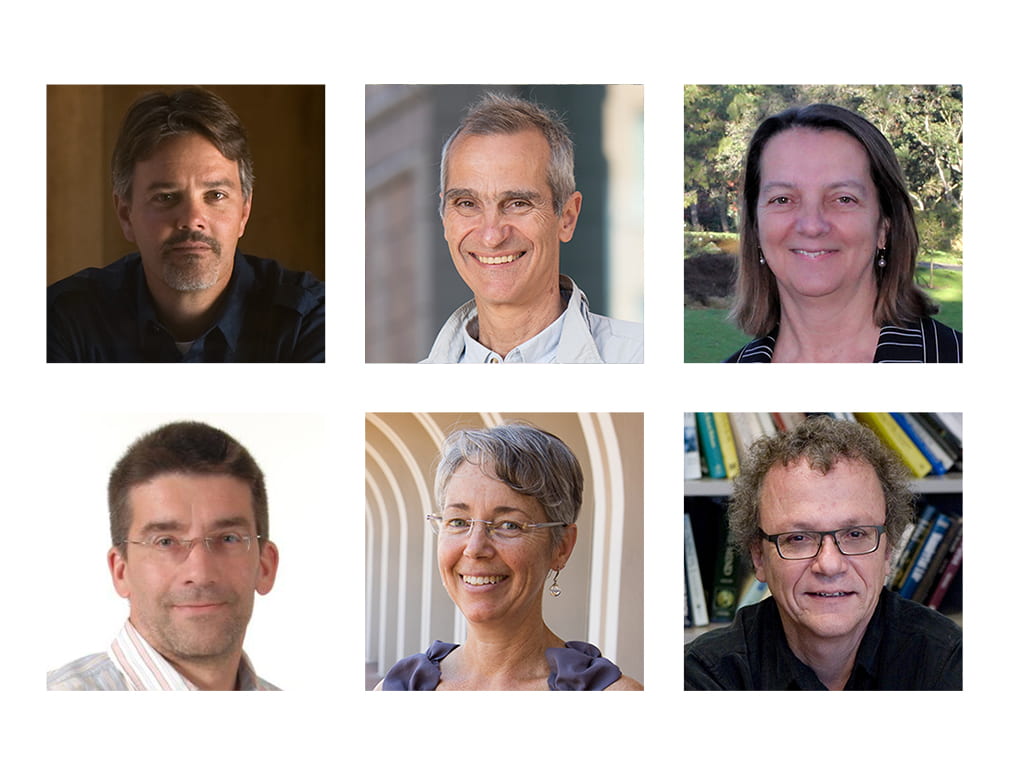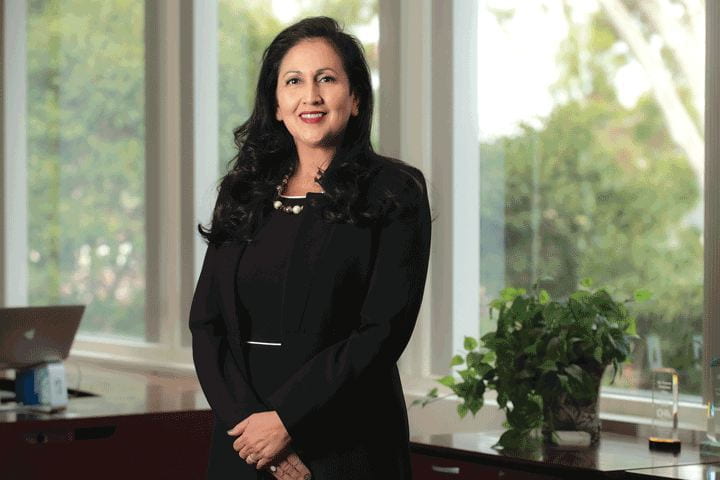
Exploring vast galaxies
Three questions with UCI astrophysicist James Bullock, recent chair of the James Webb Space Telescope Users Committee
There are probably few among us who haven’t been nudged out of some deep reverie by being told, “Hey, your mind seems like it’s wandered a million miles away.” Should James Bullock, dean of UCI’s School of Physical Sciences, ever have such moments, he has a stellar reason: the James Webb Space Telescope, which is indeed parked nearly a million miles from Earth.
For the past five years, Bullock chaired the JWST Users Committee, in which he and other space-oriented minds were tasked with helping to select and organize the scientific projects the $10 billion telescope – which launched Dec. 25, 2021, and became fully operational on July 11 – is undertaking from its distant vantage.
Bullock (whose term as chair ended in July but who remains active on the committee) says, “It’s a tremendous amount of work, commissioning the telescope and determining how it was going to be utilized in its first year, because we don’t want to waste a second of its time out there.” He estimates that the telescope, with its vastly superior optics and expanded range into infrared frequencies, will be roughly 100 times the scientific tool that the Hubble Space Telescope has been.
The Ohio-born Bullock set his course as an astrophysicist while earning his Ph.D. in physics at UC Santa Cruz. After postdoc positions at Ohio State and Harvard universities, he came to UCI as an assistant professor in 2004. Bullock was named chair of the Department of Physics & Astronomy in 2017 and became dean of physical sciences in 2019. Along with his influence in the scientific community, he is familiar to many in the public from his dozens of appearances on the Science Channel’s “How the Universe Works” program.
After all the years of planning, has there been anything since the launch that has surprised you?
The launch itself did, for one thing. Despite the expertise and effort involved, everybody was really nervous. They call this rocket science for a reason: It’s not easy, and there’s always something that could go wrong. There are people who’ve worked their entire careers on this telescope, and this was its only shot.
“Probably the coolest thing we’ll learn from Webb will be something we’re not expecting. That’s always the case when you look somewhere you’ve never looked.”
And you know what? The launch was so precise that much less fuel than anticipated was used delivering the Webb to where it needed to be. Fuel is the limiting factor in its life expectancy because it’s needed to maintain the telescope’s position. It was expected to run out after six years, but there’s so much fuel left that it should extend the telescope’s life to about 20 years. That’s a tremendous success.
Another surprise is we’re already seeing things on these first photographs that we’ve never seen before, including some of the most distant galaxies ever observed. And these astonishing initial photos are the result of just basically turning the thing on to see if it works.
What we’re going to see in the early science data and analysis is going to be probably even more transformative. Within the first six months of the telescope’s operation, researchers are looking at the structure of very early galaxies, looking to figure out how old the nearest little galaxies are, when they formed their stars and what they’re made of. We’ll have a better understanding of planets orbiting distant stars. The telescope might enable us to study their atmospheres for signatures of life.
From your vantage of helping to determine what the JWST will be looking at, what are some of the other discoveries we might expect?
Probably the coolest thing we’ll learn from Webb will be something we’re not expecting. That’s always the case when you look somewhere you’ve never looked. We’re already seeing hints that there are galaxies that existed at far earlier times than we expected. If this holds up, then something is making galaxies start forming faster than anybody thought they could. That’s going to be very interesting, and it may tell us something about dark matter, because dark matter governs the gravitational buildup of structures.
There’s a project this first year aimed at figuring out what dark matter is by studying how clumps of dark matter distort the light from distant galaxies. Dark matter is very different from anything in our periodic table, and it behaves very differently from normal matter. It’s remarkable that 80 percent of the matter in the universe is in the form of something that is still nearly a complete mystery to us.
What inspired you to become an astrophysicist?
I’ve always been interested in questions about the nature of the universe, ones that transcend the human experience and our day-to-day worries. When I was growing up in Ohio, my dad brought a borrowed telescope home one day. It was a clear night – not usually the case around Toledo – and those distant objects in the sky made a big impression on me. Years later, after graduating from Ohio State, I came out to UC Santa Cruz. Their astronomy department was kind of the hotbed for astronomy in the UC system, and it pulled me in.
But the thing that probably most impacted me was seeing Carl Sagan’s “Cosmos” series when I was a kid. I just loved Carl Sagan and the universe he opened up for us all with his passion and sense of wonder.
I’d like to think I do a little bit of that when I teach, and it’s certainly the reason why I do “How the Universe Works,” because I remember how that kind of public science outreach stuff affected me as a kid. If I can even pay back just a tiny bit of how “Cosmos” inspired me, I’m happy to do it.
I think the Webb telescope will inspire a lot of people.
The vastness and age of space makes some people feel insignificant, but it should have the opposite effect. We’re doing incredibly significant things. The JWST is one testament to that. And it’s incredible that even though our species is only a couple of hundred thousand years old, we’ve been able to learn that the universe is 13.7 billion years old. That shouldn’t make us feel small; it should make us feel big.


